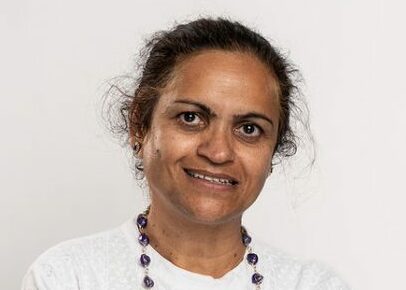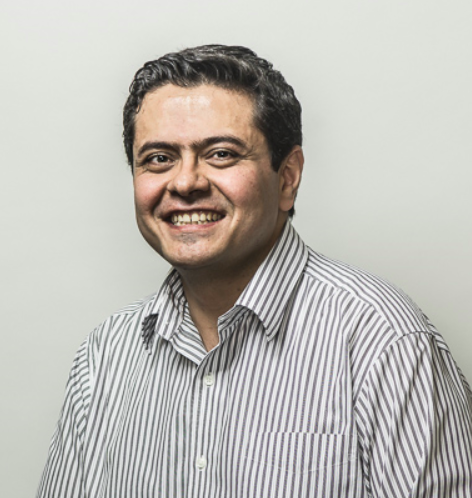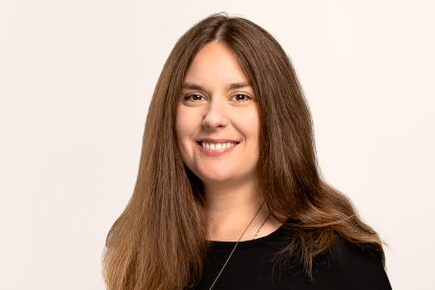By Angela Ward
Microplastics are contaminants of emerging concern, impacting the environment and human health through pollution. Detecting these microplastics to achieve cleaner water is no easy feat but York University faculty at the Lassonde School of Engineering are up to the challenge.
“Working in water management and sanitation, which relates to other disciplines, means you’re able to affect positive change,” says Stephanie Gora, assistant professor, Department of Civil Engineering. “Water is not just about drinking water technology; it also interfaces with health and social considerations.”

Reflecting on the environmental impacts of water management, Satinder Kaur Brar, professor and James & Joanne Love Chair in Environmental Engineering, says, “I am a chemist by background and when I did lab experiments for chemistry, the solvents we used piqued my curiosity. I used to think ‘Does anybody think about what happens to the water afterward?’ All the solvents were going down the drain, into the water. This is how my interest in environmental engineering started.”
Pouya Rezai, associate professor, Department of Mechanical Engineering, also traces his interest in water sanitation and management to the societal impacts water has on our world.
“By training I am a mechanical engineer,” says Rezai. “Mechanical engineering is all about parts and tools but when I discovered microfluidics, I saw how much they are connected to human health and the environment. As a result, I became interested in developing mechanical devices that could directly impact health.”
Rezai and his team of researchers have created a small, portable microfluidic device to detect microplastics on site. While standard laboratory methods detect microplastics, they are time consuming and costly. He says, “Current water monitoring involves sending a sample to a central facility, which takes anywhere from a few days to over a week to get results back. During that time, the water has flowed away, resulting in contamination, disease or outbreak.
“These microfluidic devices can be applied not only to water sample preparation, such as sorting and separation of microplastics, but also downstream detection of microplastics using integrated microfluidic sensors.”

When it comes to sampling, real samples are much more complex compared to artificial lab samples, but Rezai says, “I think we’re at the verge of that phase of research where we start looking at more realistic samples to put inside these portable devices, see what kind of challenges arise and address them so that we can finally test real water samples.
“Many people in the world do not have access to clean water, so that draws me to water research. The amount of clean and accessible water we have in Ontario is substantial. This makes water research strategic, not only for Canada, but for the world.”
Both Rezai and Brar are collaborating on a project, “Microplastics in Sewage Sludge Exploration and Detection (MISSED).” Led by Brar, the interdisciplinary project includes partners from York, other Canadian and international universities, and organizations in the public and private sectors. Well-positioned to have both a national and international impact, it strives to enhance the efficiency of wastewater systems and treatment processes (UN SDG 11) and lessen the effect microplastics have on the environment (UN SDG 6).
“We aim to understand how these microplastics can be detected in the complex stream of wastewater,” Brar explains. “We use the traditional tools of detection and with Pouya, we target the portable side of detection. We also examine the fate and transport of microplastics as they move through the wastewater treatment plants. It’s important to understand how they break down and form into smaller plastics – nanoplastics.
“The goal is to discern where these microplastics are concentrated in the wastewater treatment chain. To devise technologies for the removal of these microplastics, it’s vital to know where to target these technologies.”
Aside from key research being conducted in Lassonde, impactful water-related experiential education opportunities are being provided to students.

One example is the three-day experiential workshop at the Walkerton Clean Water Centre (WCWC). Built in response to the Walkerton Water Crisis in 2000, the WCWC teaches people how to use the equipment in wastewater treatment plants in a welcoming and team-based environment.
“The WCWC is integrated into the Canadian water community,” Gora says. “Instructors run a free workshop, where students learn about pilot scale equipment for water treatment. Students use instruments such as sensors, seeing the readings and learning how to calibrate them.
“Students also learn basic skills in the lab component, such as how to use a spectrophotometer. In the classroom component, students analyze the data using the WCWC’s advanced analytical equipment.”
As for the impact the workshop has on her graduate students, Gora explains, “Getting out of your normal environment opens your mind to more learning. People get to know each other while travelling and working together on projects in unfamiliar environments.”
When reflecting on exciting future advancements in their fields, they see more of an emphasis on partnerships, improved water testing and multifaceted technological approaches.
“There is more stakeholder engagement in water projects, which I include in projects for my students,” Gora says. “New frameworks are being developed, elucidating the risks associated with climate change while finding solutions.”
Lassonde’s experiential education also goes beyond the classroom. One of Gora’s graduate students ran an online focus group with professionals and academics from the water industry. Attendees discussed the feasibility of using distributed drinking water treatment to improve safety in drinking water systems, developing two feasible scenarios. The student will be implementing these scenarios into a distribution system which she built in an industry-standard software, EPANET.
Rezai is looking toward the future of rapid water testing in situ with sensors, which could transmit data wirelessly to a central facility. He explains, “Experts could make quicker decisions, leading to cleaner water and better sanitation. People in resource-limited countries and northern Canadian regions lack access to high-end sensors and facilities. With advancements, we can provide them with a low-cost system that they can use to test their water.”
There are many possible solutions. “There is more interest in creating an integrated system and not relying on one specific technology to resolve an issue,” Brar says. “In my career, I’ve learned that there is no single solution to any environmental problem.”


